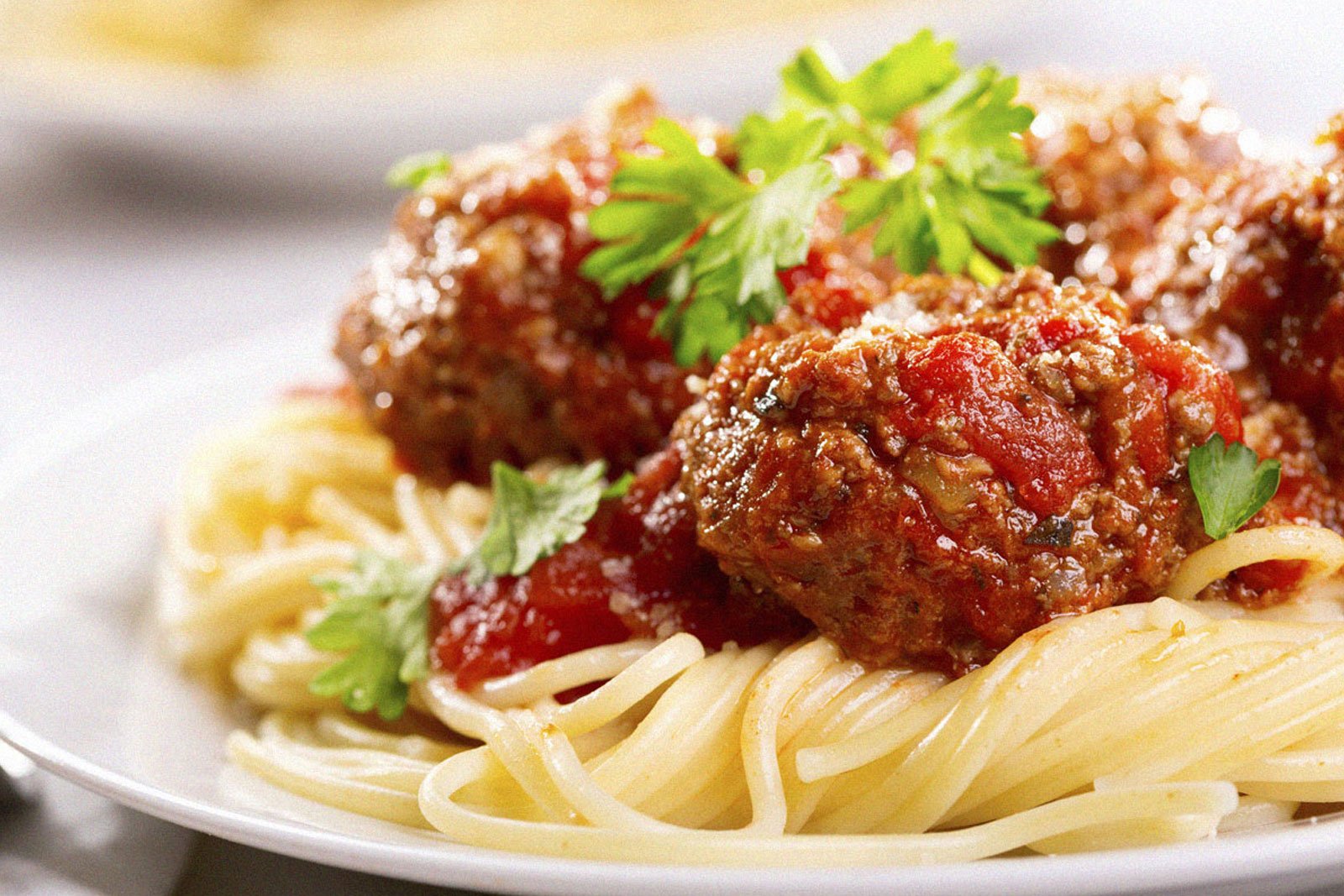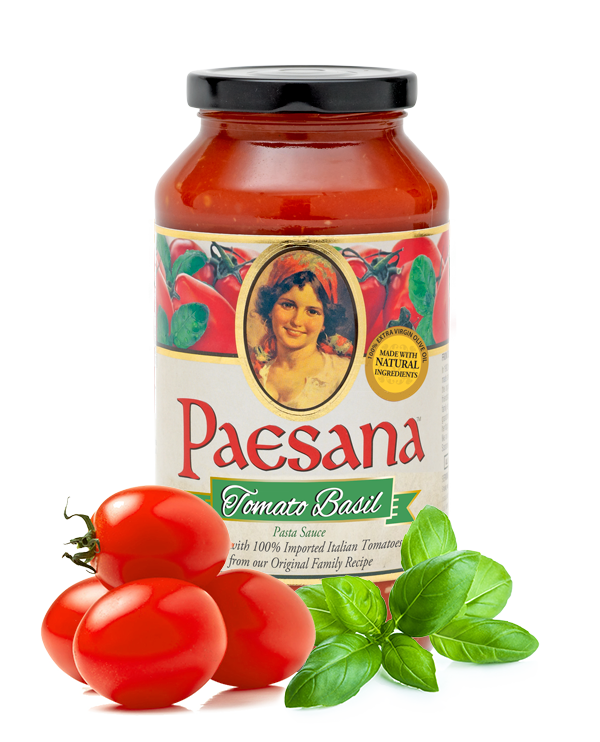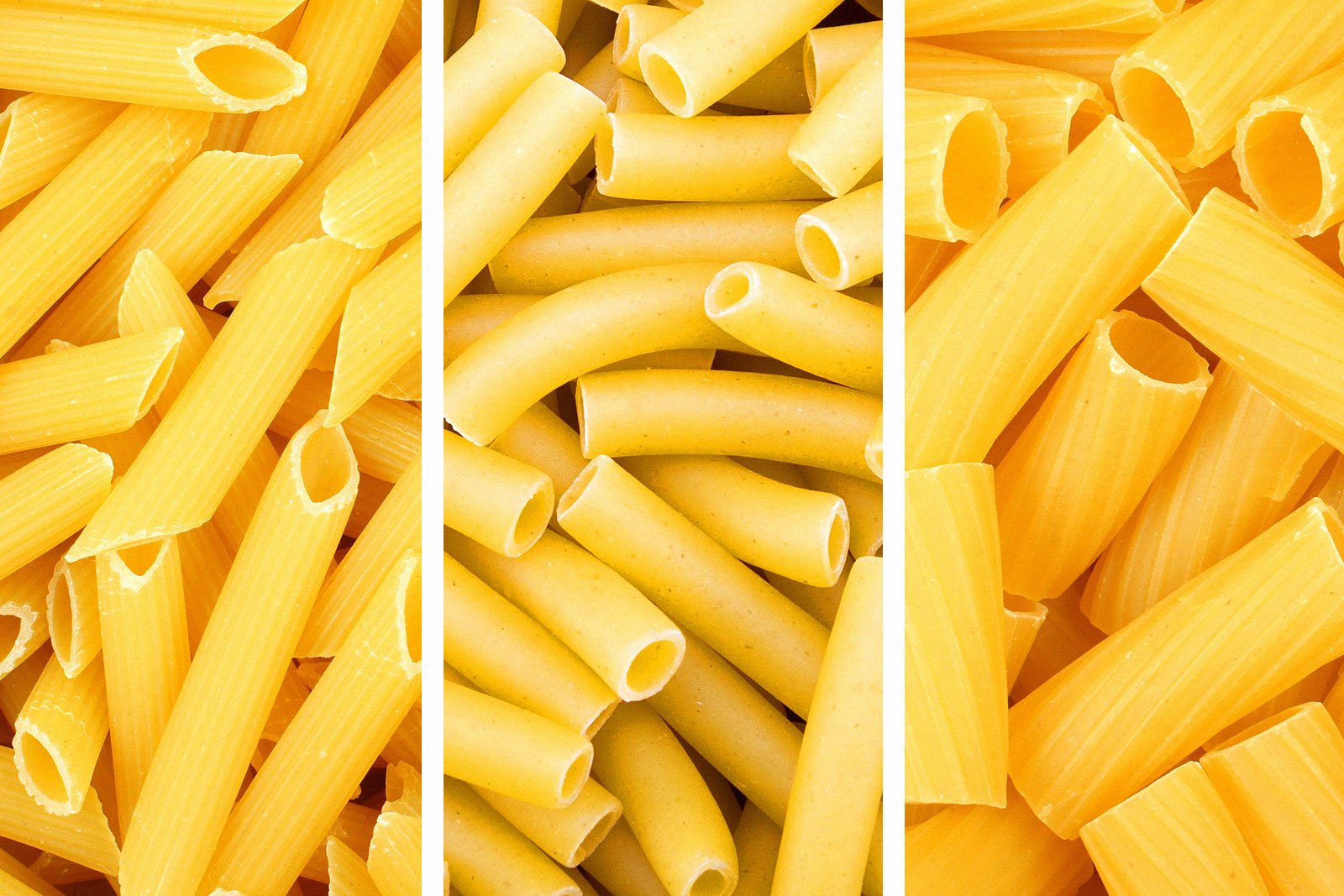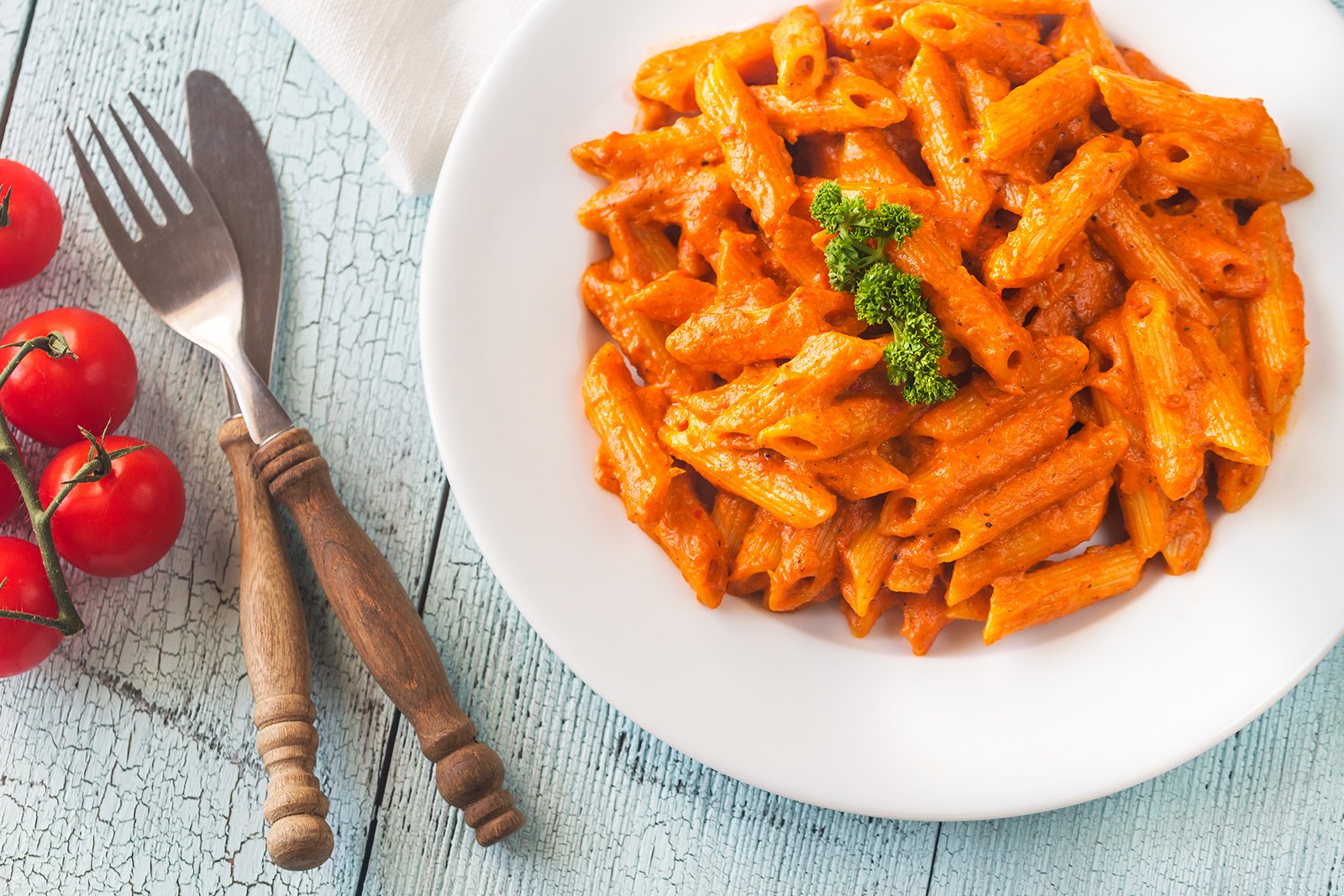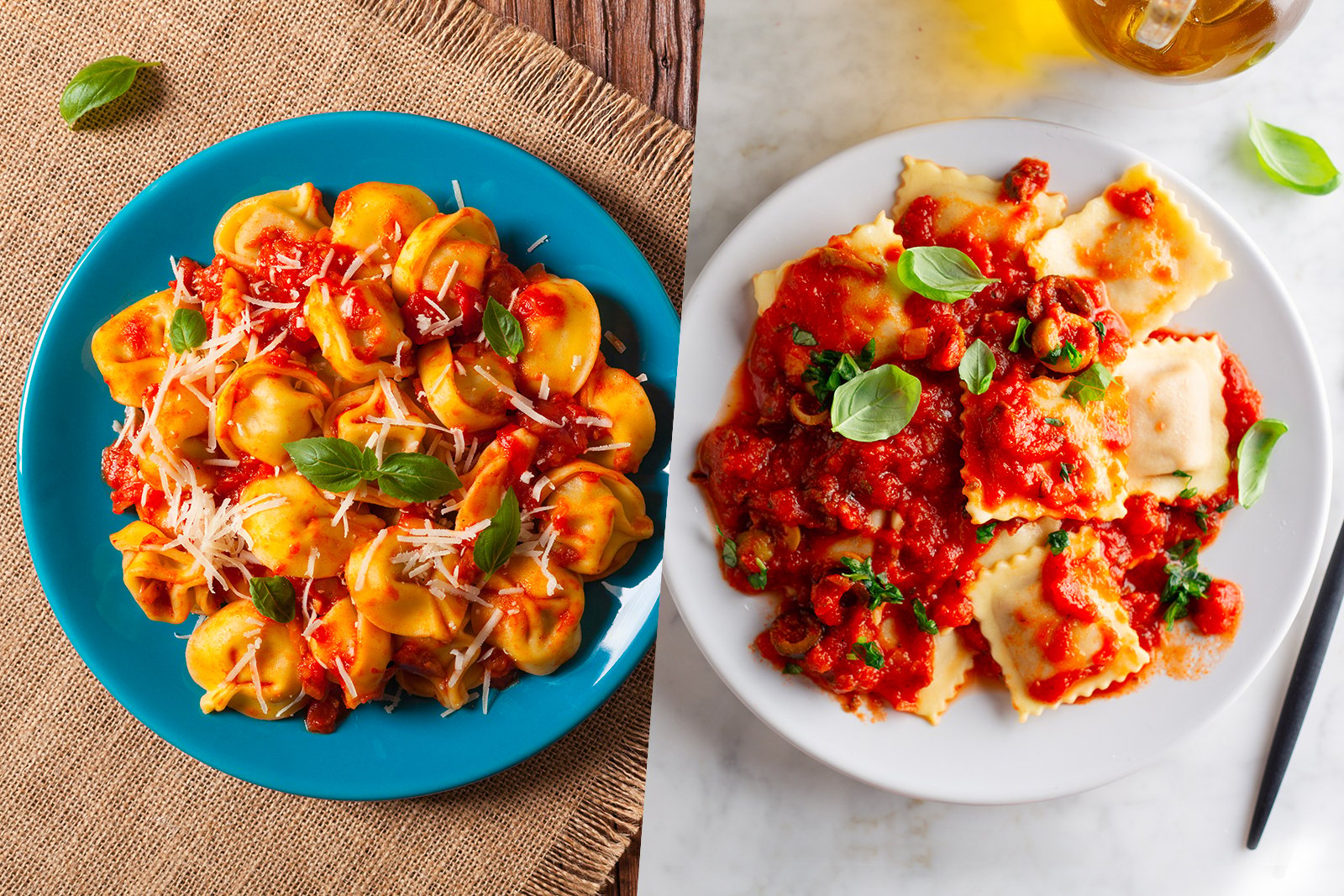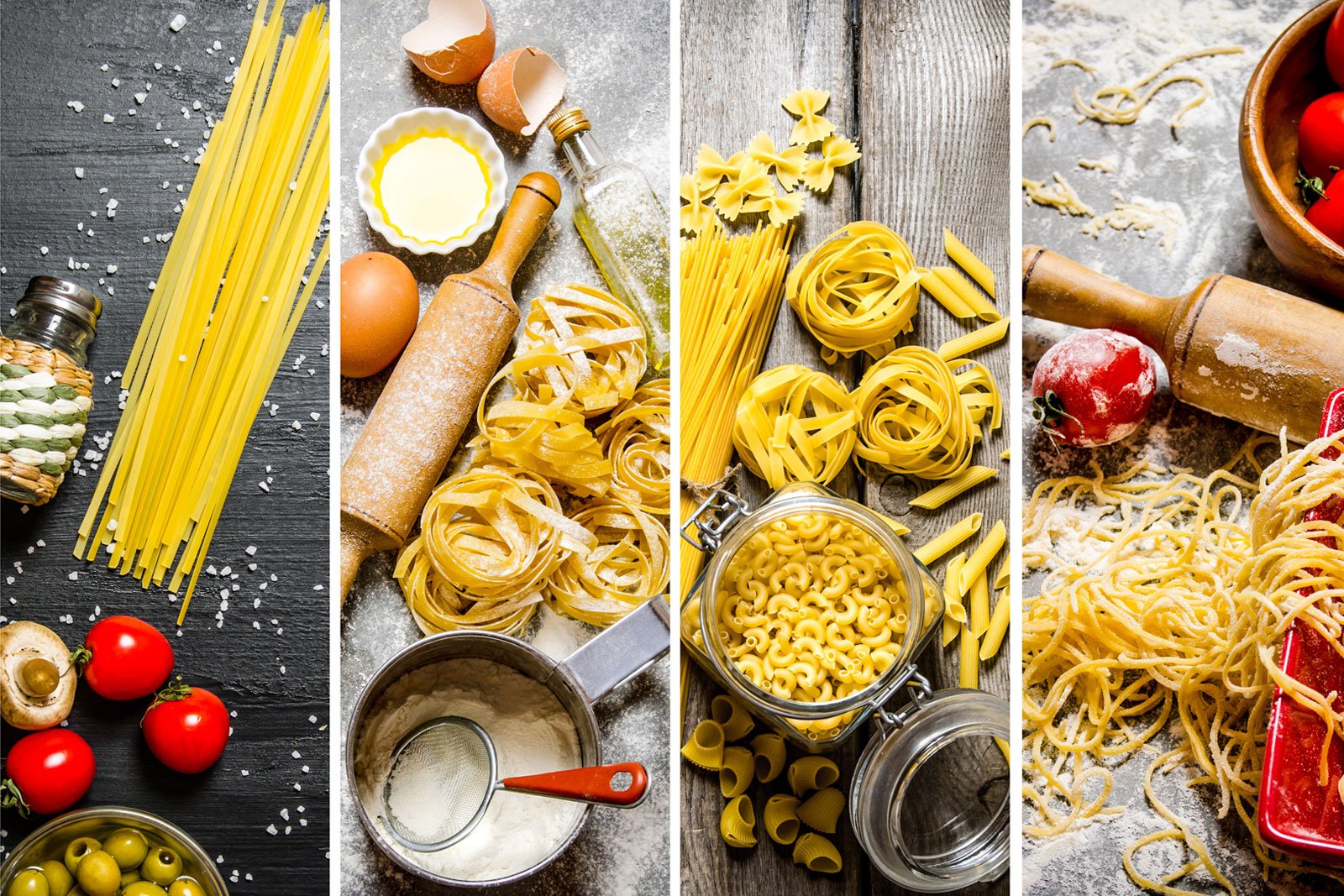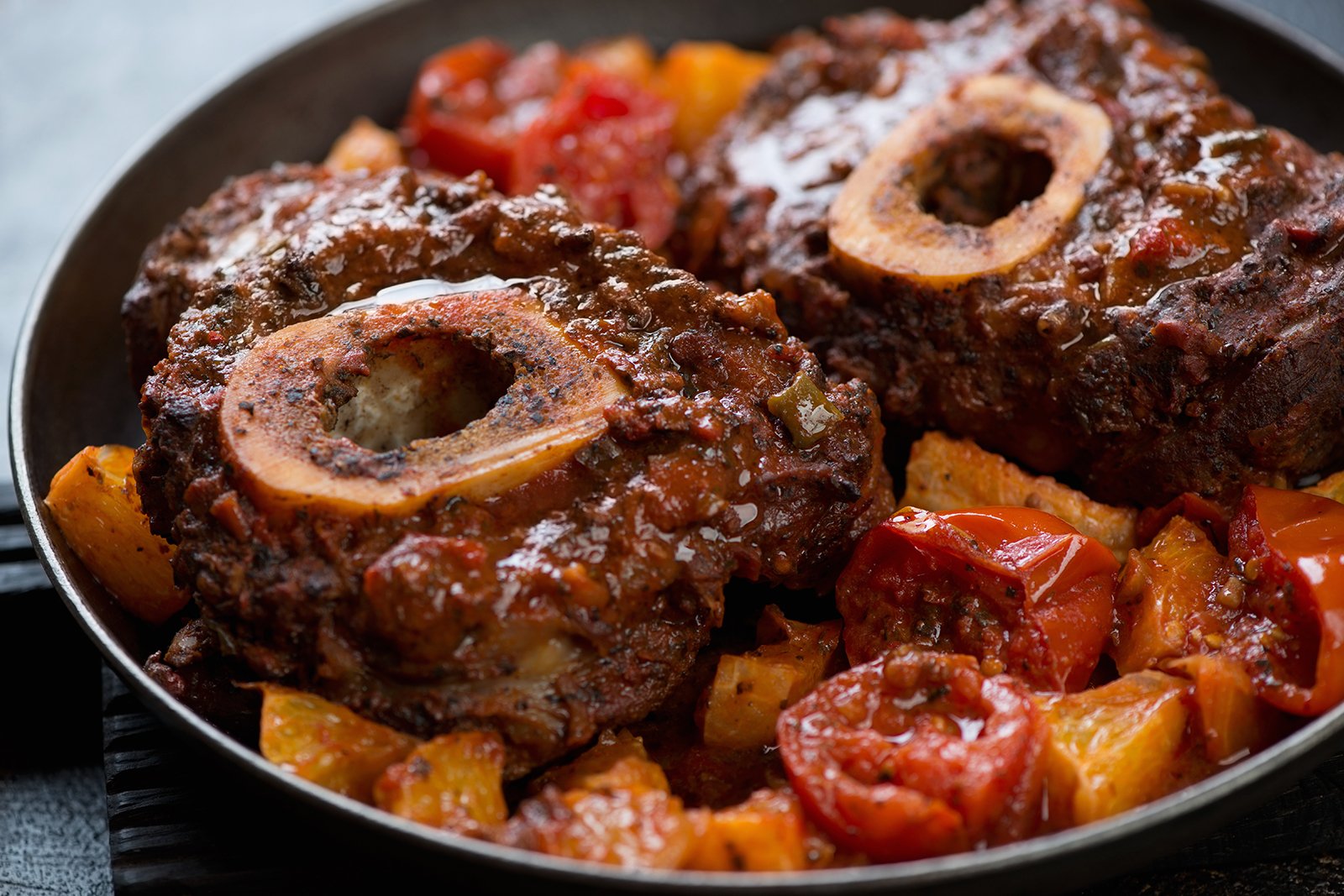There’s nothing seemingly more Italian than the meatball. Typically nestled among strands of spaghetti and soaked in sauce amid a flurry of parmesan, the bite-sized treat was likely invented in America during the first wave of Italian migration to the United States around the turn of the 20th century. Driven out for economic reasons, especially in southern Italy, upwards of 4 million Italian immigrants made the hard choice to leave their ancestral home for the proverbial “land of opportunity.”
Likely coming from the impoverished southern region of Italy—places like Sicily, Calabria, or Abruzzi—these turn-of-the-century pioneers were already well seasoned at stretching ingredients to feed large families. And when they arrived on these gilded shores, Italians used those frugal skills to create what would go on to be an Italian-American classic, the meatball.
Dense and round, an amalgam of ground meats, herbs, breadcrumbs, cheese and an egg to bind it all together, the meatballs we eat have their roots in the old world. In Italy, meatballs are no bigger than golf balls and in some regions as small as marbles, and are called polpettes. They are typically eaten plain or in a broth, and the only places you’ll see “spaghetti and meatballs” on a menu is in restaurants that cater mainly to tourists. But the boot-shaped country didn’t invent this food item. Meatball Zero was most likely ancient Persia, which was home to the kofta, consisting of minced lamb with mashed lentils or rice. The Persians passed it to the Arabs, who subsequently introduced the meal to Europe, Asia, and beyond, with each ethnic group placing their own spin on it.
But this isn’t a history lesson—this is a culinary tale. So, in that spirit, we explore an age-old question: What makes a truly great meatball?
Anatomy of a Great Meatball
Like many Italian recipes, meatballs work with the “eyeballing it” approach to measuring ingredients. But it takes more than slapping a handful of ground beef into bowl and heaping an indiscriminate amount of breadcrumbs onto it. Meatballs are at their flavorful best starting with ground beef mixed with either ground veal or ground pork, or both. The veal and/or pork add some fat to the mix, making for a more moist meatball while also infusing more flavor.
As for seasoning, you can either use pre-seasoned Italian breadcrumbs or, if you’re feeling gourmet, you can take the time to make your own herb mix and add it to either plain breadcrumbs or the stale bread you definitely remembered to soak in milk well before adding the other ingredients. After adding some parmesan cheese, use an egg to bind the mixture. Some enterprising cooks like to add pignoli nuts or spinach to the recipe, while others hide mozzarella in the middle when balling up the meat.
How to Cook Your Meatballs
You’ve mixed your ingredients and formed your meatballs into mostly irregular spheres (nobody needs a perfectly round meatball), hopefully while drinking wine with a straw, so as to not risk cross contamination. It’s time to cook them using one of a few traditional methods.
The easiest method by far is to drop them raw into a pot of sauce simmering on the stovetop. Gently dunk them in and walk away. Allow the meatballs to gently simmer in the sauce for a few hours and you’ll be greeted by a sauce imbued with the flavor of juicy, remarkably tender meatballs.
Pan-searing is a flavorful, if a bit of a messy approach. The best byproduct here is the leftover browned bits of seared meat. Deglaze the pan with wine or water to capture those wonderful flavor-making morsels, pouring it into your saucepan along with the meatballs to finish the cooking process.
Then there’s the baking method, which is great for those Sunday afternoons or weekday nights when you have a lot of meatballs to make. Brown them at high-heat, then, once again, drop the meatballs into the sauce to finish them.
Meatballs Are Ready! Now What?
Make yourself a plate of the classic spaghetti and meatballs; cover them in cheese and build a legendary meatball parmigiana hero; place a couple in a bowl and eat with a simple slice of white bread; or simply stick a fork in one and consume it like a meatball lollipop.
No matter how you do it, just remember that when you prepare and eat meatballs, you are helping to propel forward a humble culinary treasure—born out of tradition, cultural necessity, and gifted to the world by peasants who knew their way around a kitchen and how to keep costs to a minimum.
Make It At Home With Paesana!
You can achieve a hearty sauce filled with meatballs at home, thanks to Paesana and our array of sauces packed with organic ingredients like olive oil and fresh herbs. For meatballs, you want a sauce with balance and a well-rounded taste that complements your unique meatball blend. To achieve this, try using Paesana's Sicilian Gravy, for slow-simmered richness; Tomato Basil for garden-fresh flavor; Roasted Garlic for a pungent kick; or Fra Diavolo for some added heat to dinnertime.

